Tasty Morsels of Critical Care 048 | Anaphylaxis
Emergency Medicine Ireland
JULY 5, 2021
Today we look at anaphylaxis. Today we look at anaphylaxis. A better description for what it looks like goes as follows: Anaphylaxis is highly likely in the following scenarios * acute onset with skin or mucosal involvement plus at least one of respiratory compromise or reduced BP. In many ways this is fairly straightforward.


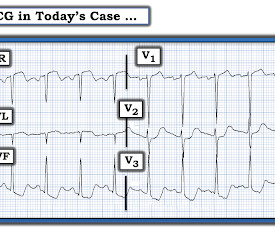
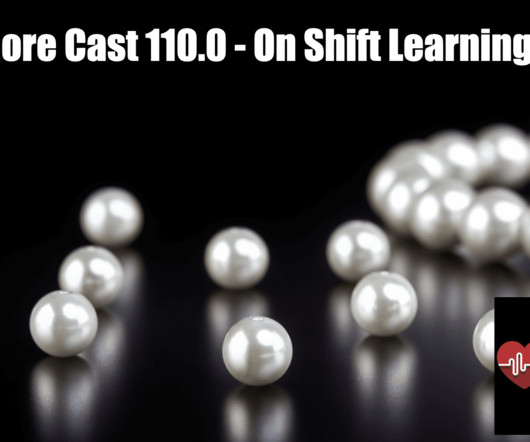


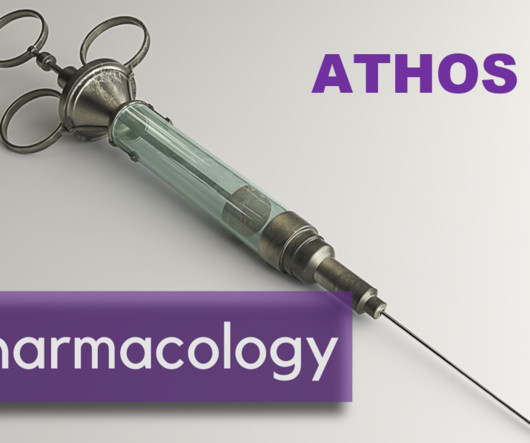
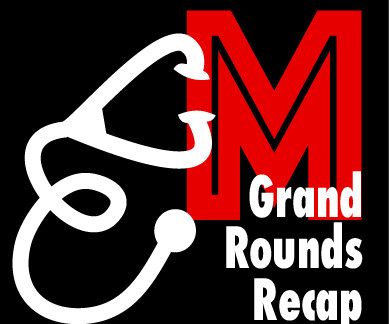



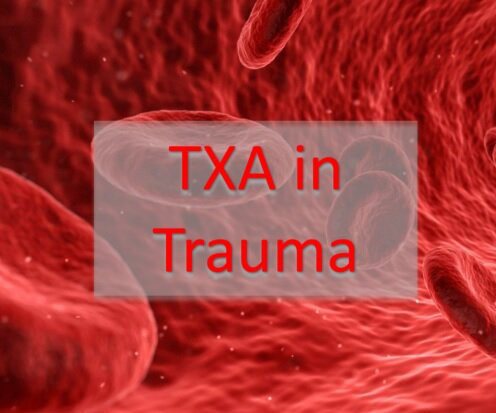
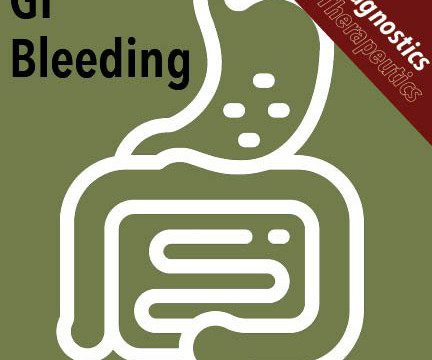
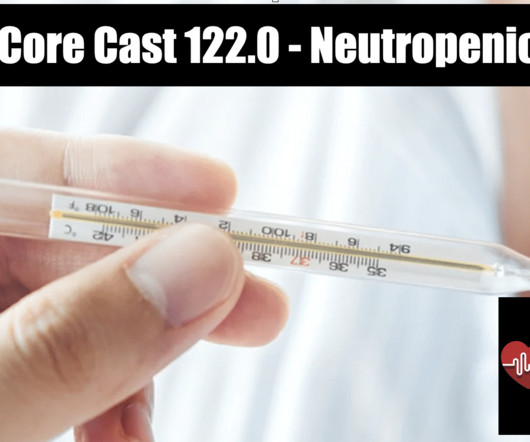






Let's personalize your content